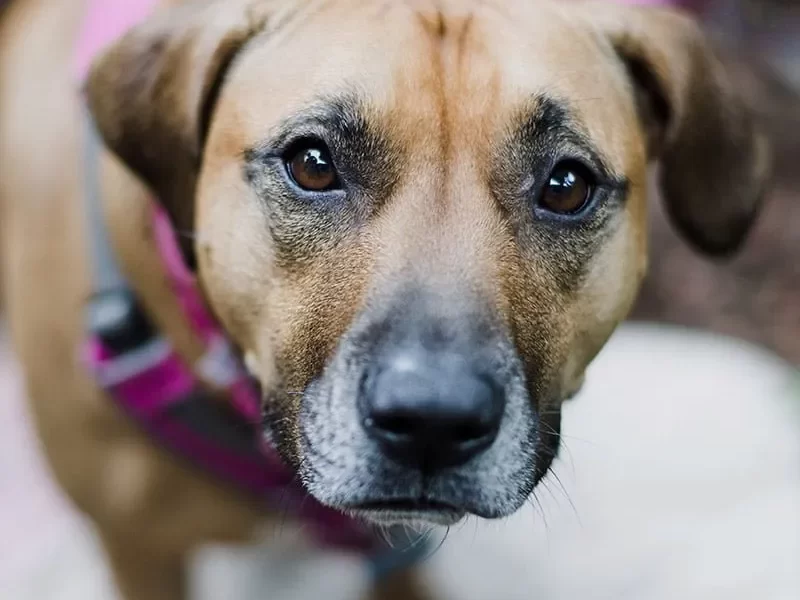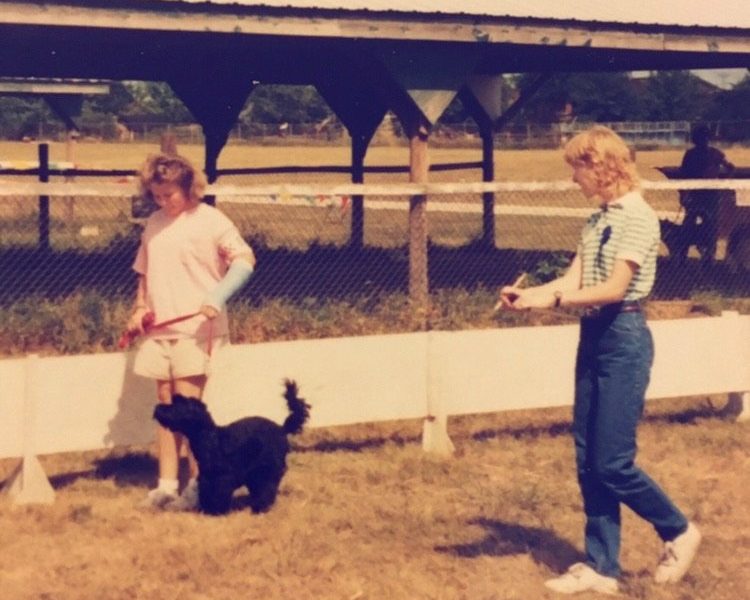Placeboard training, a cornerstone of successful dog training, equips your canine companion with a designated spot to relax and stay calm. This seemingly simple concept translates into a powerful tool for managing your dog’s behavior in various situations. Whether you’re at home, visiting a friend’s house, or attending a dog show, a well-trained place provides your dog with security and structure, promoting good manners and a more enjoyable experience for everyone.
Contents
- What is a Placeboard?
- Why Use a Placeboard?
- Getting Started with Placeboard Training
- Tips for Success
- Beyond the Basics: Advanced Placeboard Techniques
- Troubleshooting Common Placeboard Training Issues
- Integrating Placeboard Training into Your Life
- Gradually increase difficulty and introduce new commands on the placeboard
What is a Placeboard?
A placeboard is a portable platform, typically constructed of wood or plastic, that serves as a visual target for your dog. It can be as simple as a bath mat or a designated spot on the floor, marked with a towel or blanket. The key is consistency –– your dog needs to recognize this specific area as their “place.”
Why Use a Placeboard?
Placeboard training offers a multitude of benefits for both you and your dog. Here are some key reasons to consider incorporating it into your training routine:
- Promotes calmness: A designated place provides your dog with a sense of security and a safe haven, especially in stimulating environments.
- Improves focus and attention: By learning to stay on their placeboard, your dog practices self-control and develops the ability to focus amidst distractions.
- Teaches relaxation: Placeboard training encourages your dog to settle down and relax, a valuable skill for managing over-excitement or anxiety.
- Provides a foundation for other commands: A strong foundation in place training simplifies the process of teaching other obedience commands like “stay” and “come.”
- Enhances communication: The placeboard becomes a clear communication tool, letting your dog know it’s time to relax and take a break.
- Manages behavior in public settings: Equipping your dog with a place command allows you to maintain control in unfamiliar or crowded environments, promoting safety and good manners.

Getting Started with Placeboard Training
Here’s a step-by-step guide to effectively train your dog using a placeboard:
-
Choose your placeboard: Select a stable, non-slip platform with a comfortable surface. A bath mat, a towel, or a designated area on the floor works well.
-
Introduce the placeboard: Let your dog explore the placeboard in a calm and relaxed setting. Encourage sniffing and interaction with treats or praise.
-
Lure and reward: Gently lure your dog onto the placeboard with a treat held in your hand. Once your dog’s front paws are on the platform, mark the behavior with a clicker or a keyword like “place” and deliver the treat.
-
Capture the behavior: If your dog doesn’t readily step onto the placeboard, wait patiently. The moment they offer any part of their body on the platform, click and reward. Gradually increase the duration of the stay.
-
Add the “place” cue: As your dog consistently positions themselves on the placeboard, introduce the verbal cue “place” just before they step onto the platform. Click and reward after they follow the cue.
-
Increase the difficulty: Gradually increase the duration of the stay command, starting with a few seconds and progressing to longer periods.
-
Introduce distractions: Once your dog has mastered staying on the placeboard in a calm environment, slowly introduce distractions like toys or sounds. Start with minimal distractions and gradually increase the intensity as your dog’s focus improves.
-
Release cue: Teach your dog a release cue, like “release” or “okay,” to signal the end of the “place” command. Only release your dog when all four paws are off the placeboard.
Tips for Success
- Positive reinforcement is key: Use treats, praise, and positive reinforcement throughout the training process. A happy and motivated dog learns faster.
- Keep it short and sweet: Start with short training sessions, especially for puppies. Gradually increase the duration as your dog’s focus improves.
- Be consistent: Consistency is crucial for effective training. Use the same cue word (“place”) and reward method throughout the process.
- Practice in different environments: Once your dog masters the place command at home, practice in different locations to solidify their understanding.
- Be patient: Learning takes time. Be patient with your dog and celebrate small victories.
Beyond the Basics: Advanced Placeboard Techniques
As your dog masters the basic place command, you can explore more advanced techniques to enhance their understanding and expand its usefulness:
-
Duration variations: Practice “place” commands with varying distances. Start by having your dog stay on the placeboard while you take a few steps back. Gradually increase the distance as your dog’s focus improves.
-
Adding duration and distance: Combine duration and distance variations for a more challenging exercise. Have your dog stay on their placeboard for increasing durations while you gradually move further away.
-
The “go to place” cue: Teach your dog a specific cue, like “go to place,” to instruct them to independently move to their designated spot. This is particularly helpful in situations where luring them with a treat is impractical.
-
Place with a stay: Combine the “place” and “stay” commands. Have your dog stay on their placeboard for a designated duration before releasing them with the “release” cue.
-
Generalization to different surfaces: Train your dog to stay on their placeboard on various surfaces like grass, carpet, or concrete. This ensures they understand the concept regardless of location.

Troubleshooting Common Placeboard Training Issues
Even with careful training, your dog might encounter challenges. Here’s how to address some common placeboard training issues:
-
Leaving the placeboard: If your dog gets off the placeboard before being released, calmly redirect them back with a verbal cue (“place”) and lure them back with a treat. Ensure they receive the release cue (“release” or “okay”) only after all four paws are off the platform.
-
Whining or barking: Whining or barking during place training can indicate boredom, frustration, or a need to go potty. Address the underlying cause and ensure your training sessions are engaging and within your dog’s capability. If barking persists, take a break and resume training later.
-
Difficulty relaxing: If your dog struggles to relax on their placeboard, consider providing a calming chew toy or incorporating relaxation exercises into your training routine.
Integrating Placeboard Training into Your Life
Placeboard training isn’t just for formal training sessions. Here are some ways to integrate it seamlessly into your daily routine:
-
While you’re working from home: Having your dog stay on their placeboard while you work helps them develop self-control and prevents unwanted distractions.
-
During meals: Assign your dog a placeboard while you and your family eat. This promotes calmness and prevents begging or counter-surfing.
-
When guests arrive: A designated place keeps your dog safe and out of the way when you have visitors.
-
At restaurants with outdoor patios: Utilize the placeboard to keep your dog relaxed and under control while you enjoy a meal together.
By consistently using the place command in various situations, you establish a reliable communication tool that benefits both you and your dog.
Gradually increase difficulty and introduce new commands on the placeboard
Once your dog has mastered the basic “place” command, it’s time to challenge them and expand the usefulness of their placeboard. Here are some ways to gradually increase the difficulty and introduce new commands:
Distance Variations:
Don’t stay glued to your dog’s side. Start by having them stay on the placeboard while you take a few steps back. Gradually increase the distance as their focus improves. This simulates real-world situations where you might need them to stay put while you move around.
Bonus Challenge:
Once your dog has mastered these techniques, try combining them! Have them stay on their placeboard for increasing durations while you gradually move further away. This advanced exercise truly tests their focus and control.
By gradually increasing the difficulty and introducing new commands, you not only challenge your dog but also expand the usefulness of the placeboard, creating a well-rounded and adaptable canine companion.

Placeboard training is a powerful yet simple tool for enhancing your dog’s well-being and promoting good manners. With patience, positive reinforcement, and consistent practice, your dog will master the art of staying calm and relaxed on their designated spot. This newfound skill will not only improve your dog’s life but also create a more harmonious and enjoyable relationship for you both.


